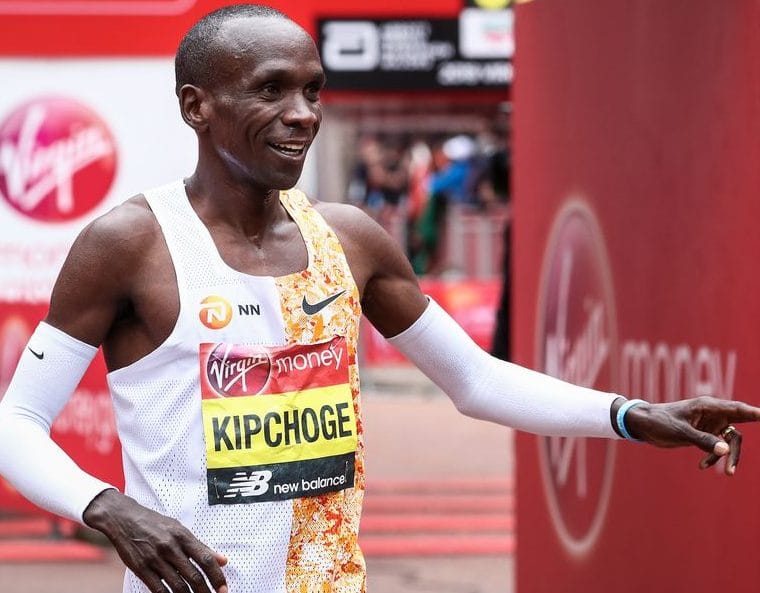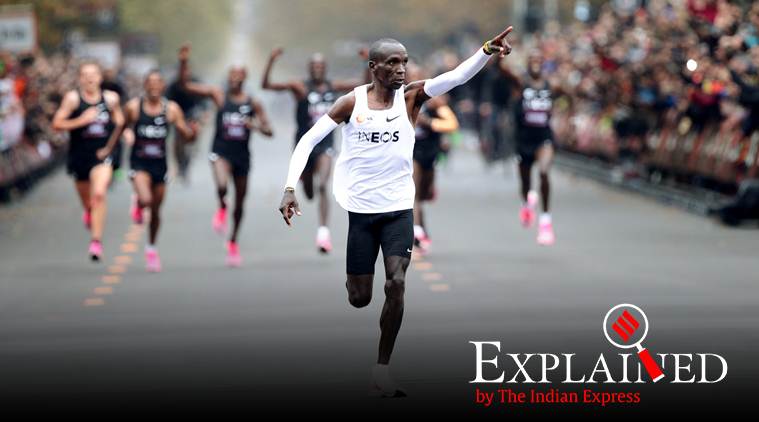

In one previous prediction, I calculated the official sub-2 barrier would not be broken until May 2032. It’s here the statistics get interesting. I can not only make predictions (by extending the fitted trend forward), but can also calculate the likelihood of a new record appearing below the average fitted trend.

The approach I take is to fit a mathematical model to the trend of marathon records improving over time, as shown in the figure below. Using statistical tools, we can estimate not only the average tendency for the fastest marathon time to drop over the course of history, but also the likelihood that a given time will be run on a given day. That is, until Sunday.Ĭan Eliud Kipchoge run a sub-2hr marathon? It all comes down to 15 extraordinary seconds So for all the wonder of that day, the official record remained that which Kipchoge set in 2018 in Berlin: 2h 1m and 39s. And at this end of the competition, seconds determine the whole ball game. But the fact is ignoring these rules does confer an advantage. You may think this is overreaching by officials. Each of these rules was set aside for the “historic” attempt in 2019. The International Association of Athletics Federation’s rules stipulate the event must be a sanctioned race, pacers can’t substitute in and out of the event at whim, and nutrition must be taken from stationary tables (not bikes riding next to the runner as Kipchoge did in Vienna). Kipchoge celebrates his sub-2 record in Vienna in 2019.


 0 kommentar(er)
0 kommentar(er)
